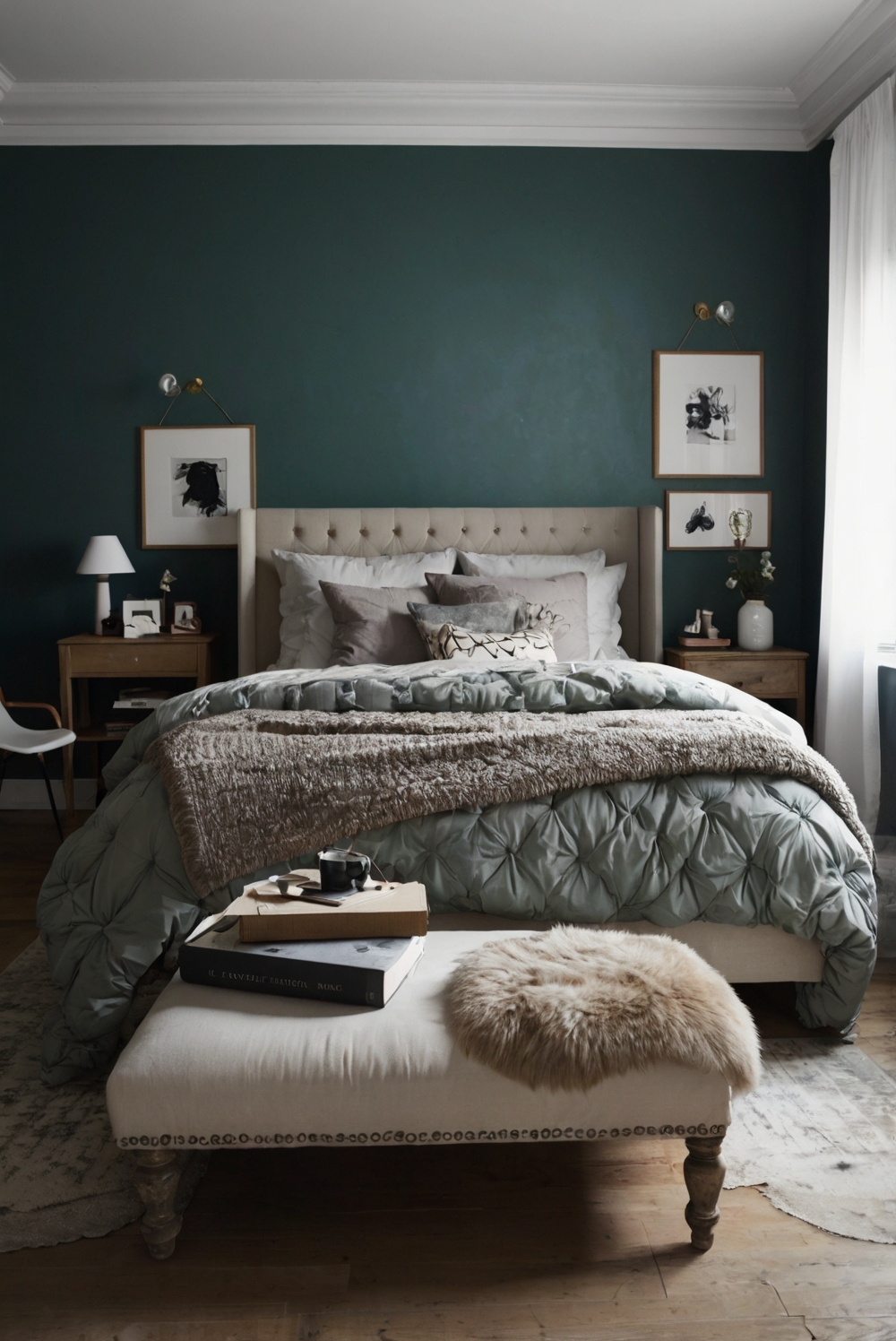Explore how to choose the perfect paint finish for your accent wall in your daily interior design routine. Elevate your space with the right design touch.
Satin or eggshell finishes are ideal for accent walls as they provide a subtle sheen without being too glossy. These finishes are easy to clean and durable, making them perfect for high-traffic areas. Before painting, make sure to use a primer to ensure better adhesion and smooth finish. Always choose a paint color that complements your existing decor and furniture for a cohesive look. Consider creating a color palette for the room to maintain harmony. Organize your painting materials and plan out the process to avoid mistakes. Take inspiration from home decorating magazines or websites for design ideas.
Choosing the Right Finish for Your Accent Wall:
When it comes to painting an accent wall, selecting the appropriate finish is crucial to achieving the desired look and durability. The finish you choose can significantly impact the overall aesthetic of the room, so it’s important to consider various factors before making a decision. Here are some key considerations to keep in mind:
1. Consider the Lighting:
The amount of natural and artificial light in the room can influence the choice of paint finish for your accent wall. If the room receives ample natural light, a glossy finish can help reflect light and create a sense of openness. On the other hand, rooms with limited natural light may benefit from a matte or eggshell finish, which can help minimize glare and create a cozy atmosphere.
2. Evaluate the Wall Texture:
The texture of your accent wall can also impact the choice of paint finish. Smooth walls typically work well with satin or semi-gloss finishes, as they can enhance the wall’s sheen and highlight any architectural details. If your accent wall has a textured surface, a matte finish may be more suitable as it can help camouflage imperfections and provide a more uniform appearance.
3. Consider the Room’s Function:
The function of the room where the accent wall is located can also influence your choice of paint finish. High-traffic areas such as living rooms or hallways may benefit from a durable finish like satin or semi-gloss, which are easier to clean and maintain. In contrast, bedrooms or cozy spaces may be better suited for a matte or eggshell finish, which can create a soothing and inviting ambiance.
Additional Factors to Consider:
4. Temperature and Humidity:
It’s essential to consider the climate conditions in your area when selecting a paint finish for your accent wall. Areas with high humidity levels may require a finish that is resistant to moisture and mold, such as a satin or semi-gloss finish. Conversely, in dry or arid climates, a matte finish may be more suitable to prevent cracking or peeling.
5. Personal Preference and Style:
Ultimately, your personal style and preferences should guide your decision when choosing a paint finish for your accent wall. Whether you prefer a sleek and modern look with a glossy finish or a more understated and elegant vibe with a matte finish, selecting a finish that resonates with your aesthetic vision is key to creating a cohesive and harmonious space.
In conclusion, the choice of paint finish for your accent wall should be a thoughtful and deliberate decision that takes into account various factors such as lighting, wall texture, room function, climate conditions, and personal style. By carefully considering these factors and selecting a finish that aligns with your vision for the space, you can create a stunning accent wall that enhances the overall look and feel of the room.

